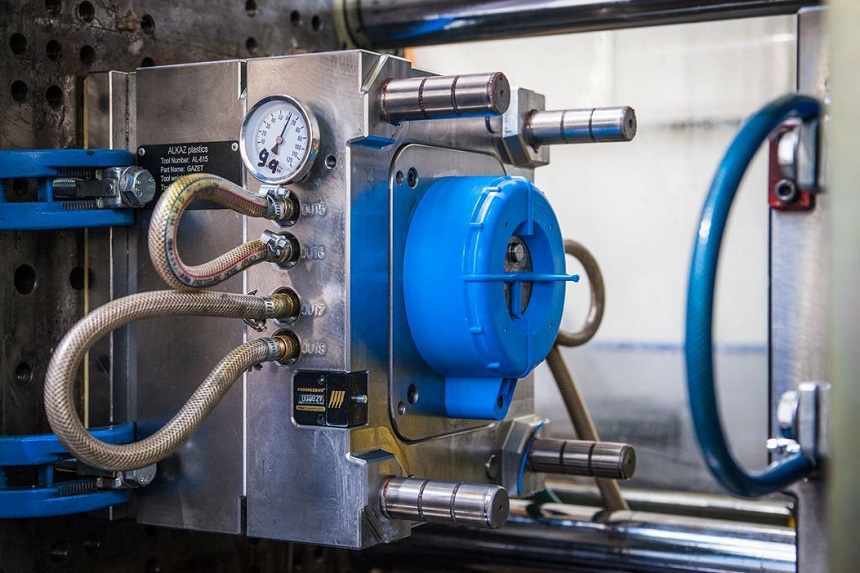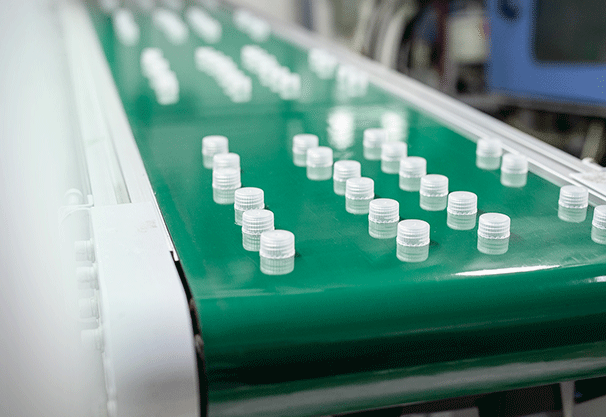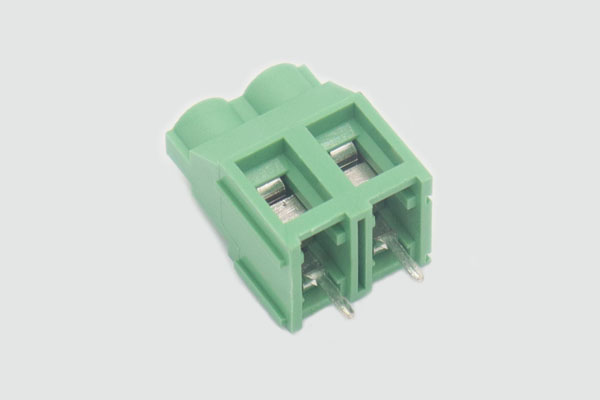7 Common Misconceptions about Injection Molding

Plastic injection molding is quite complex, which is why staying abreast of the latest information can be helpful. This process helps produce sturdy parts and products, which are used in various industries. Thus, finding a plastic injection molding manufacturer that is right for the job is extremely important.
However, the internet is riddled with misconceptions about plastic injection molding. Read as we discuss seven of the main ones here!
Misconception 1: Injection machines produce a lot of scrap
Compared to other conventional manufacturing processes like CNC machining, injection molding doesn’t produce a lot of scrap. For example, traditional machining processes usually cut away significant percentages of a plastic sheet or block, leading to more scrap. In plastic injection molding, only a small amount of waste comes from gate locations, runners, sprue, and an outflow material that leaks out of the part cavity itself.
Misconception 2: Only machine parameters can correct quality problems.
This isn’t true — your injection machine’s parameters aren’t the only way to correct molding process constraints such as dimensional inaccuracies, shrinkage, warpages, and sink marks. These problems are typically taken care of by part and mold design. Thus, ensuring that you’re using the most effective part and mold designs before the production even begins is of paramount importance. This is one of the best ways to ensure you get high-quality molded parts.
Misconception 3: It’s possible to mold parts with weights lower than the maximum shot weight of your machine.
You’ll need a higher injection rate for a given size of screw to mold the biggest possible part of the highest flow ratio. Therefore, larger molding projects (that lie within the maximum shot weight) are only possible with a machine that has a better injection rate.

Misconception 4: The injection molding process uses only certain materials.
Since the injection molding process works in a different way, it’s usually assumed that specific materials are used in a machine. However, the plastic molding process is very versatile, utilizing a number of different materials, including polypropylene, ABS, and most polymers such as certain elastomers and every thermoplastic, including polystyrene, polyethylene, and nylon.
In fact, you can use a wide variety of materials for injection molding — but the ones that are ideal for you will depend on the function and strength required of the final product you’re trying to make.
Misconception 5: You can only customize Injection molded parts after production.
One of the most common misconceptions about injection molding is that it produces parts that are neither aesthetically pleasing nor functional. This is because many people believe that products that injection machines produce only retain the resin’s base color, which are usually basic colors.
Plus, most injection molding companies will claim that any embellishments or design elements you want on your parts should be added using extra finishing process after the completion of molding.
This means you’ll have to spend more time and money to get the products you want. However, it’s possible to specifically design injection molds so that various elements like finishing or textures are included. You can create resins of almost every color with injection molding, not just neutrals.
Misconception 6: All shapes are moldable.
In mechanical engineering, the part design must be manufacturable. Similarly, in injection molding, the plastic part should be moldable to a great degree. If it is poor, you’ll run into all kinds of production and quality problem during your injection molding process. Therefore, the widely accepted assumption that all geometries of a plastic part are perfectly moldable isn’t correct.
In reality, the design of a part will have to be altered if it’s not over 90% moldable. Perfection in moldability will also depend on uniform freezing and having a balanced melt flow and heat exchange.

Misconception 7: Injection molding shouldn’t be used for prototypes.
Well, plastic injection molding can absolutely be used for prototyping. While Additive Manufacturing and 3D printing have become more common for prototypes, using a simple injection mold may be a faster, more cost-effective option depending on the situation.
Why choose plastic injection molding?
Little to no waste
Essentially, no waste is generated. During the process, the leftover material is often recycled. Plus, any plastic scraps left from molding are also usable. For example, manufacturers reground or melt plastic scraps down for future use.
Flexibility
The flexibility that this process offers is quite important for customers. If the designer and manufacturer maintain good communication, there’s always a possibility of changing the design, especially during the initial stages.
Low labor costs
Plastic injection molding is also quite efficient and effective. As this process can make high-quality products without compromising the output rate, it’s very budget friendly. Keep in mind that the injection molding equipment usually runs with a self-regulating automated tool, ensuring that little to no supervision is required.
Detailed, accurate features
This process manufactures products with top-notch precision. Usually, people can expect accuracy to be within 0.001 inches – which is quite impressive. Besides being precise, numerous details can be included in the part – thanks to the high pressure used to mold the plastic.
Compared to other types of molding, plastic injection molding uses a lot of pressure to design the part. This high pressure has allowed industries to create intricate designs, which may otherwise be impossible. This helps various industries mass produce products with detailed and intricate designs.
Get top-quality custom plastic injection molding through PTMS — the leading plastic injection molding company in China!
As one of the leading plastic injection molding companies, PTMS has been offering top-quality custom plastic injection molding mass production to its customers since 2002. With experienced employees and advanced machines, PTMS knows how to control your production costs in a reasonable range.
Give us a call to get more information on our plastic injection molding company and how we produce durable products for your business!
